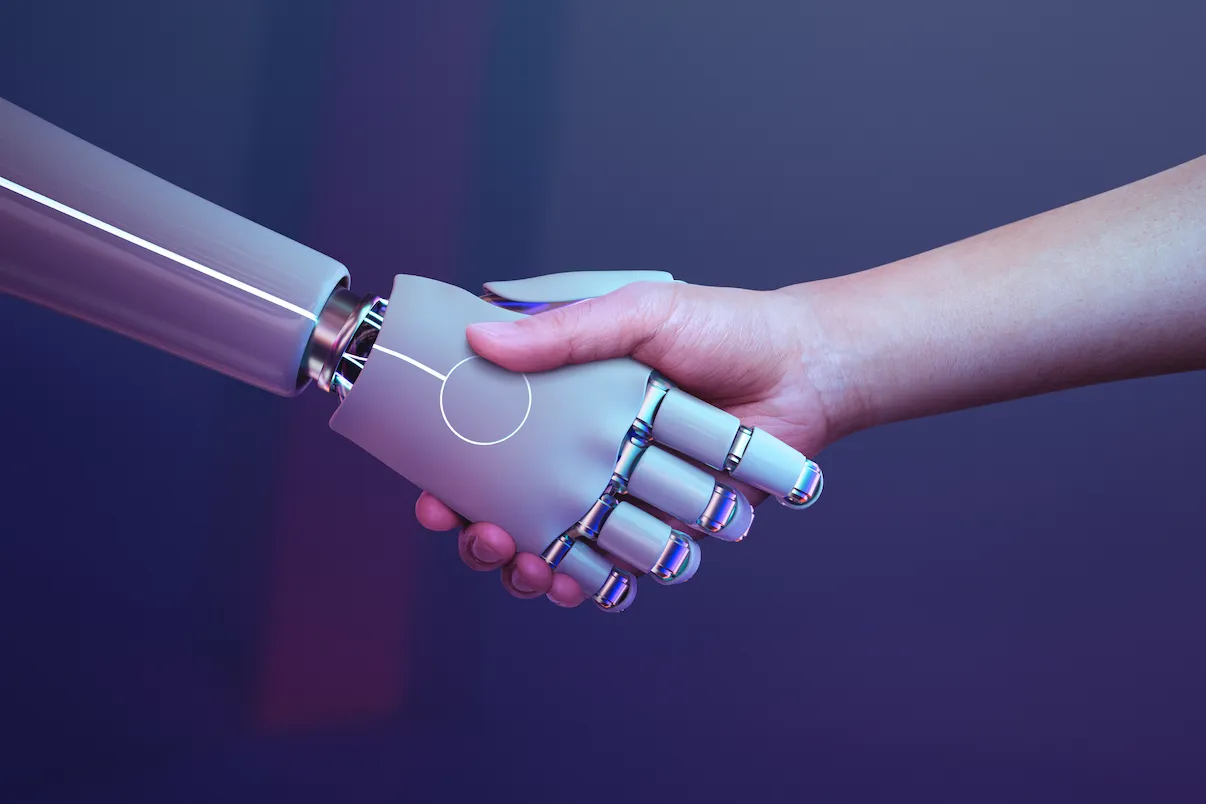Submit Request ...
-
Forums
Dental AI: The End of Dentists?

Imagine a patient’s health history, x-rays, digital scans, and other inputs are submitted to an artificial intelligence (“AI”) for diagnosis. In seconds, the AI analyzes and then presents a personalized treatment plan to the patient (complete with interactive diagrams, stats, and model renderings). The patient gives informed consent.
The AI then uses dental specific hardware to provide the treatment (e.g. robotic arms holding high speeds, air/water syringe, and suction while other robotic arms manage dental materials). The hardware performs the procedure, monitors the patient, charts and provides post-op instructions.
The kicker: there’s no human dentist involved at all!
Is this the future of AI and dentistry? To replace human – just like bank ATMs, self-checkout machines at grocery stores, and travel booking websites?
Right now we’re a long ways off from the intro extreme scenario. Patients are still scared, risk and pain-averse, and cost-conscious. Meanwhile, dental AI is still too new, cold and expensive to be accepted by the masses. Besides, banks still have human tellers, grocery stores still have human cashiers, and brick-and-mortar travel agencies still exist.
But we’re just getting started.
As with every paradigm shift, explorers will be at the front of the curve, pushing the boundaries while talking benefits of Dental AI (e.g. better and quicker delivery of treatments while reducing costs for more people to have access).
Dental AI will start off safely enough, replacing rudimentary tasks of running a dental office: keeping schedules filled, collecting money, and ordering supplies when they start to run low. AI should be able to complete these tasks quicker, better and cheaper than a human (and doesn’t need to stop when the practice is closed).
But what about more complex tasks? Like hiring, training and managing team members, developing and deploying marketing campaigns, and coming up with and executing treatment plans? Can AI handle that? With enough machine learning, eventually yes. And a majority of us will become comfortable with it. Just like entrusting our Teslas to drive US around on full self-driving autopilot.
Now, with all paradigm shift curves, the late minority adopters will fear the coming changes. They’ll kick and scream the whole time about the “end of dentists” until they realize their cheese has moved and they have no one else to blame but themselves.
But for those who are afraid of losing their “cheese” to Dental AI, there’s always a way to find it and then some: you just have to keep your head up and look around. Machines will still need to learn from humans; hardware and software will still need human technicians and supervisors; and patients will still need a human touch. At least for a while.
Ultimately, I’d like to believe that we all have a common goal: to prevent oral health problems before they happen by focusing on healthy living and oral health education. Wouldn’t it be great if people could generally keep their adult teeth for their whole life?
The floodgates of AI have opened. There’s no re-sealing it. Caution is warranted to avoid mis-use and harm. But we owe it to each other to keep looking at new ways to help deliver better, quicker and more cost-effective treatments to give more people better, brighter and healthier smiles. And given that mission, AI must play a role.
Please let us know what you think!